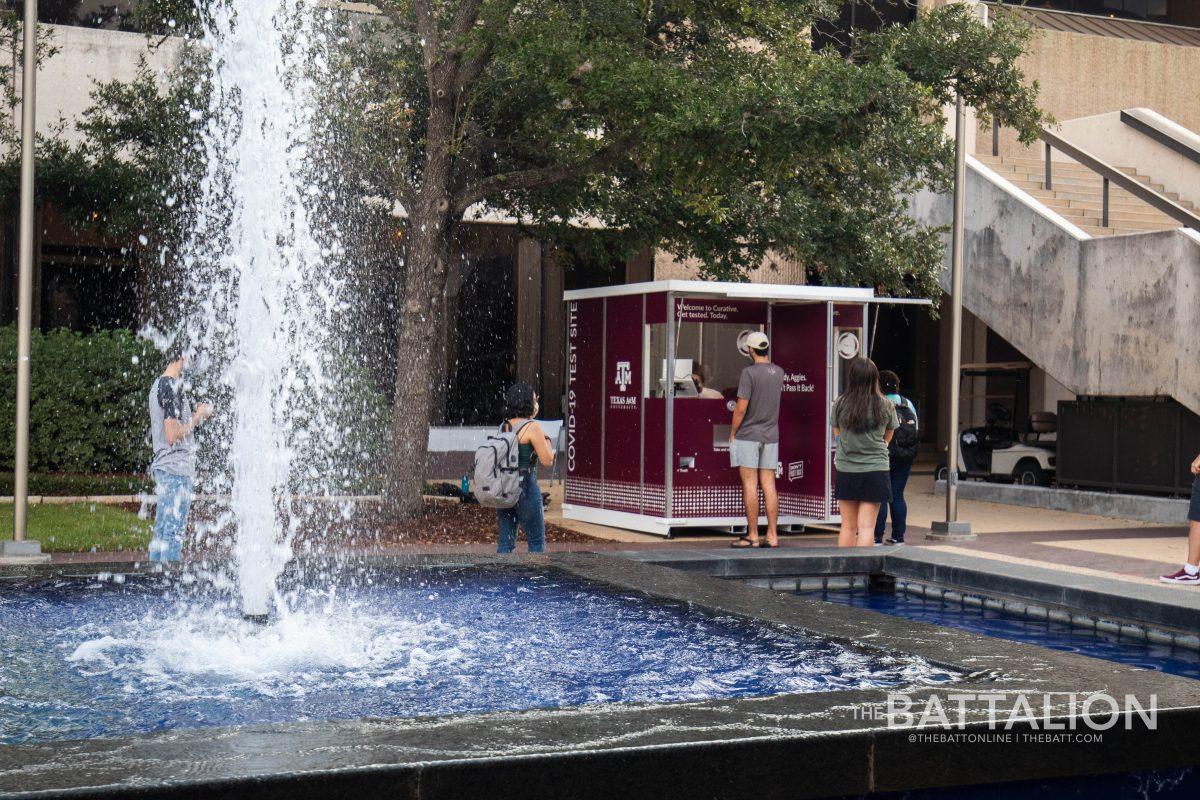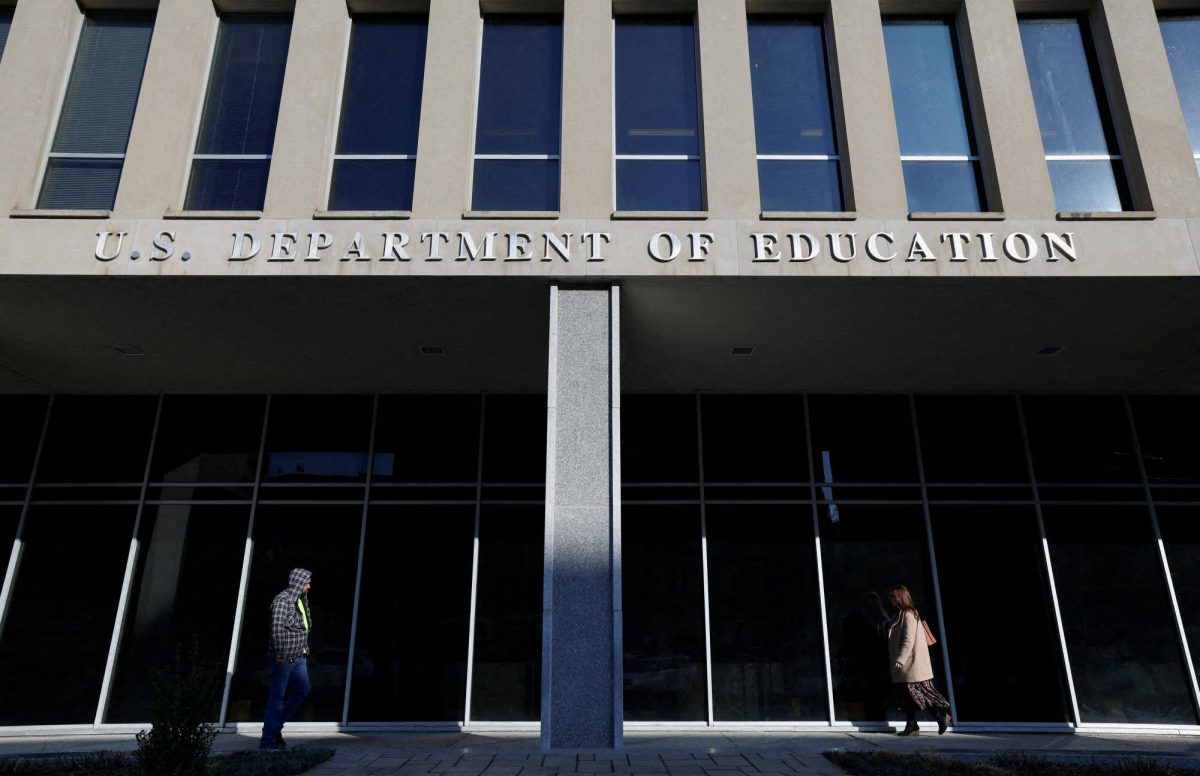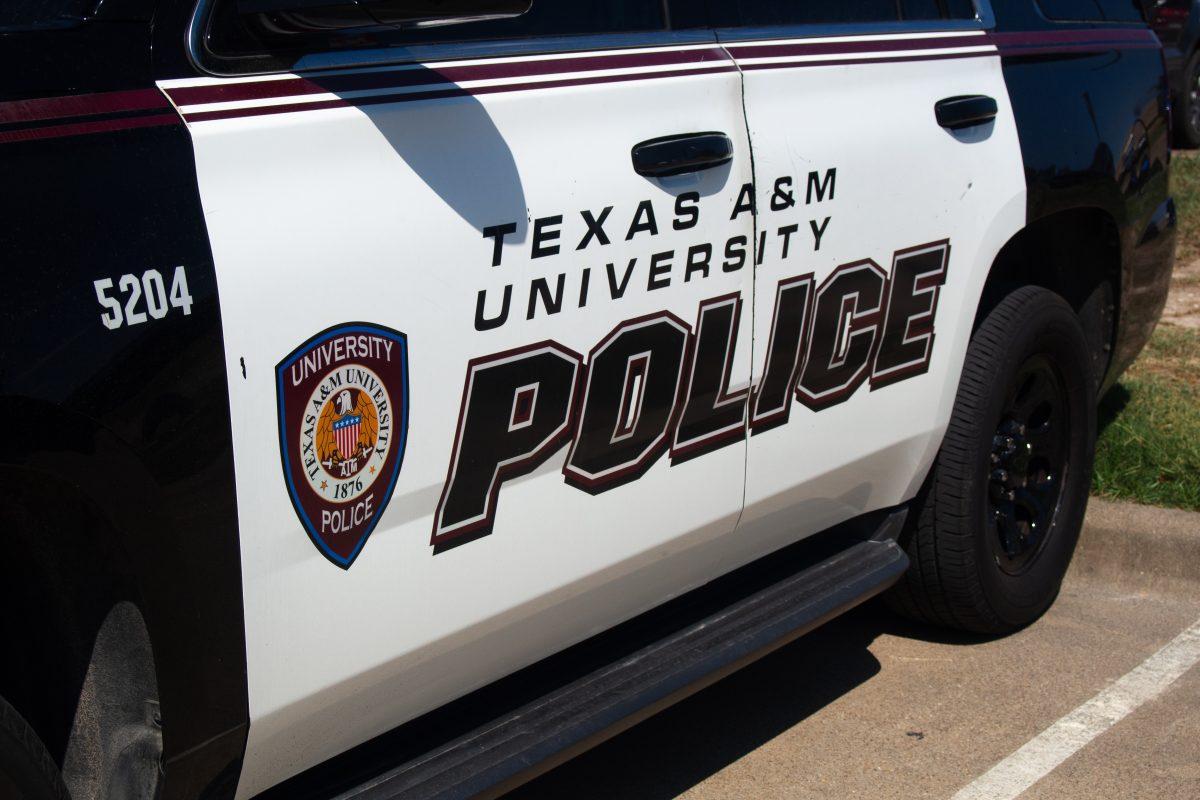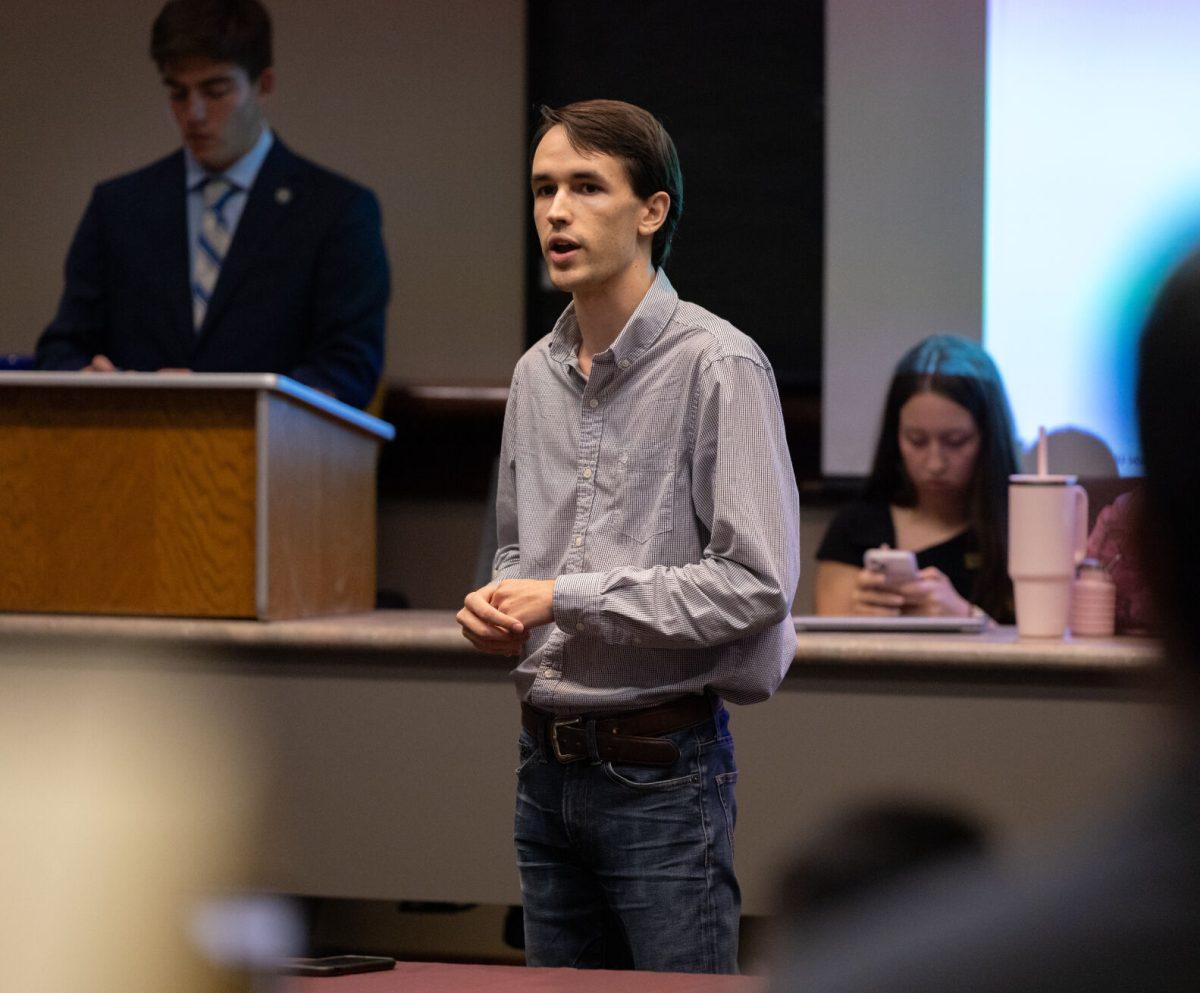Since the start of the spring semester, the omicron variant has lurked in the background of campus’s day-to-day operations.
Beginning the fifth semester since the outbreak of the “novel coronavirus,” Texas A&M, alongside the rest of the world, has learned to adapt and trek on as SARS-CoV-2 continues to evolve. Recently, the omicron variant, which was first reported in Botswana and South Africa on Nov. 24, was confirmed in the Brazos Valley on Dec. 20. The World Health Organization has called omicron “a variant of concern” with increased risks of reinfection.
Before the start of classes, the campus population had a positivity rate of 23.4% for the week ending Jan. 8. Student Health Services, or SHS, director Dr. Martha Dannenbaum said in an email to The Battalion that with the return of classes and students on campus, they expect the increase in cases on campus and in the surrounding areas.
“With the return of students and faculty, we expect there to be an increase in the raw numbers of individuals who test positive for COVID-19 and influenza, just based on the large increase in the numbers of people who will be testing,” Dannenbaum said in the email. “We typically see an increase in respiratory infections from all of the various viruses after the winter break. Many of us have traveled and/or spent significant time outside of the local area, which allows us to be exposed to viruses that may be more prevalent in other parts of the country or world.”
The Brazos Valley has an 8.11% positivity rate and 3,286 active cases as of Jan.18, according to the county COVID-19 dashboard. Brazos County Health District Workforce Development coordinator Mary Parrish said the county is also expecting a rise in the number of overall individuals testing and receiving positive results.
“We are very concerned about the current caseload, and we are very sure that the numbers are going to go up as soon as students show up,” Parrish said. “We’ve seen this trend every semester that when the students come up, we’re gonna see another spike.”
Dannenbaum said with the return of the activities, it is not certain what the positivity rate will reach.
“It is difficult to predict the positivity rate for COVID[-19] because that depends on the total number of people testing and the reasons,” Dannenbaum said. “If the majority of the people testing are having symptoms of illness we would expect a relatively high positivity rate. But if we have a mix of people who are symptomatic along with those who are testing for reasons such as planned travel, or they want to know their status before attending in-person events or classes, the positivity rate will be lower.”
Despite the flexible numbers throughout the semester, Dannenbaum said she does not anticipate a need for classes to move to a hybrid or online format. She rather anticipates only individual students will have to adapt for a short time upon testing positive.
“Professors will work with impacted students to ensure they are able to continue learning while appropriately isolating or quarantining. In some cases it may be reasonable to provide a student with short-term virtual options,” Dannenbaum said. “Professors who are impacted by isolation or quarantine may choose to provide short-term virtual delivery of content.”
As a continuation of last semester, A&M will not require but will instead highly encourage social distancing, regular testing, COVID-19 and flu vaccinations and masking, a Jan. 7 email from Chief Operating Officer Greg Hartman said. Though, professors are asked to continue to offer incentives for students to adhere to safety practices during class time.
“Health experts have warned that variants of the virus are expected to continue emerging. A&M is working closely with the Texas Department of Emergency Management and will continue to monitor COVID[-19]-related conditions in the region, state and nation, as well as local hospital capacity,” Hartman said in the email. “We know from experience that the uncertainty of the pandemic often interferes with plans, which is why we urge everyone to remain patient and flexible in the coming weeks as decisions are made. We believe it is critically important that we take steps now to avoid unnecessary spread of the disease.”
If an individual begins to exhibit symptoms, Dannenbaum said they should refer to the A&M COVID-19 dashboard for guidance based on their vaccination status. She also recommends testing upon the onset of symptoms.
“The symptoms are mostly mild, similar to a viral cold, with low grade fever, 100 [degrees Fahrenheit], sore throat, nasal congestion and cough. Body aches are less common with omicron, but can occur,” Dannenbaum said. “Loss of taste and smell is still being reported with omicron.”
The risk with the new omicron variant comes from the infection rate and spreadability, even of those who have been vaccinated, Dannenbaum said. Although, the risk of severe disease and death for vaccinated individuals is still much lower compared to the alpha or delta strains.
“Unvaccinated people, especially those with other risk factors such as older age, obesity, pre-existing heart or lung disease and other immunocompromising conditions, are still at risk for serious COVID[-19] disease,” Dannebaum said.
Parrish said although the symptoms may be lessened for some individuals, they should still be concerned when having the virus.
“The big thing about omicron is that it spreads much more quickly and easily than the previous variants that we’ve seen,” Parrish said. “While so far, we’ve noticed that it’s not as severe as delta, as far as symptoms and complications are, it still can really hinder a person.
“It’s kind of like saying, just because you got hit by a car on a train doesn’t mean you’re not going to be hurt.”
As the semester progresses, Dannenbaum said students should continue to practice self-care including getting enough sleep, balancing their diets and managing stress.
“If you are sick, especially if you have [a] fever, stay home. Do not return to class or work until you are improving and you do not have fever for 24 hours. This applies to any illness. If you test positive for COVID[-19], follow the published isolation guidelines based on your vaccination status. If you are not vaccinated for COVID[-19] and/or flu, consider vaccinating,” Dannenbaum said. “While neither will absolutely prevent you from getting the illness, it almost always makes the condition less severe and shorter. Busy college students do not have time to be sick.”
For testing needs, SHS is continuing to offer testing at their facility as well as kiosks and pop-ups around campus. Additionally, as of Jan. 13, SHS is now offering each campus member one pack of at-home antigen tests, or BinaxNow COVID-19 Ag Card, per week containing two test kits, according to a Jan. 12 campus-wide email.
In addition to campus resources, President Joe Biden announced on Jan. 14 that his administration would be buying one billion at-home COVID-19 tests to distribute to American households, allowing up to four tests per home. All orders will be completed online and shipped for free, starting Jan. 19.










